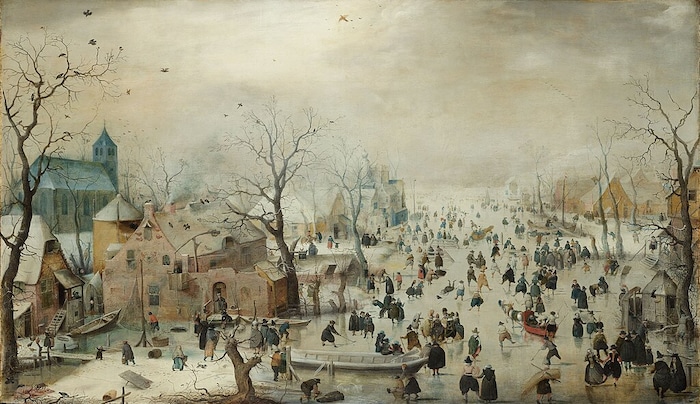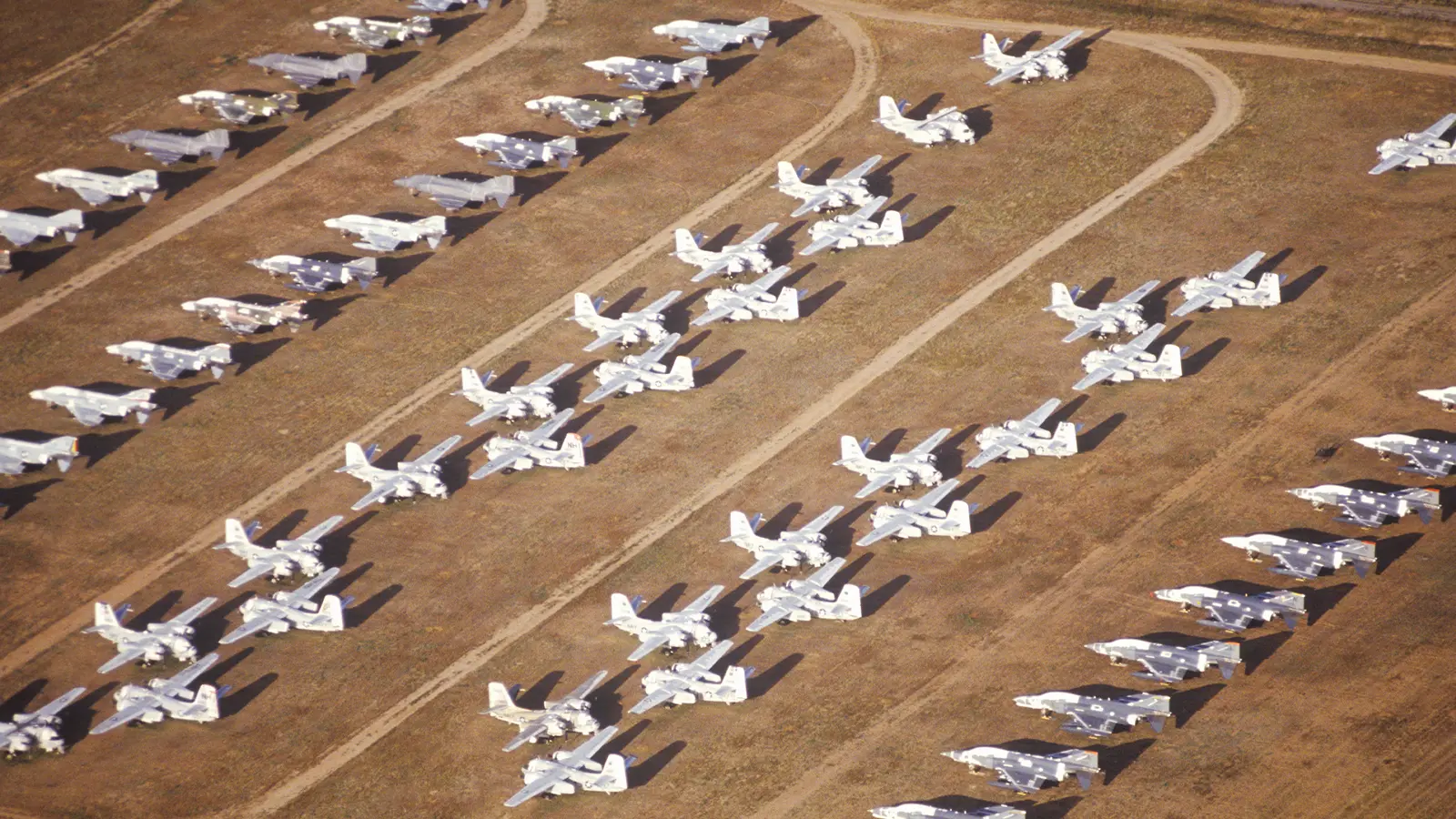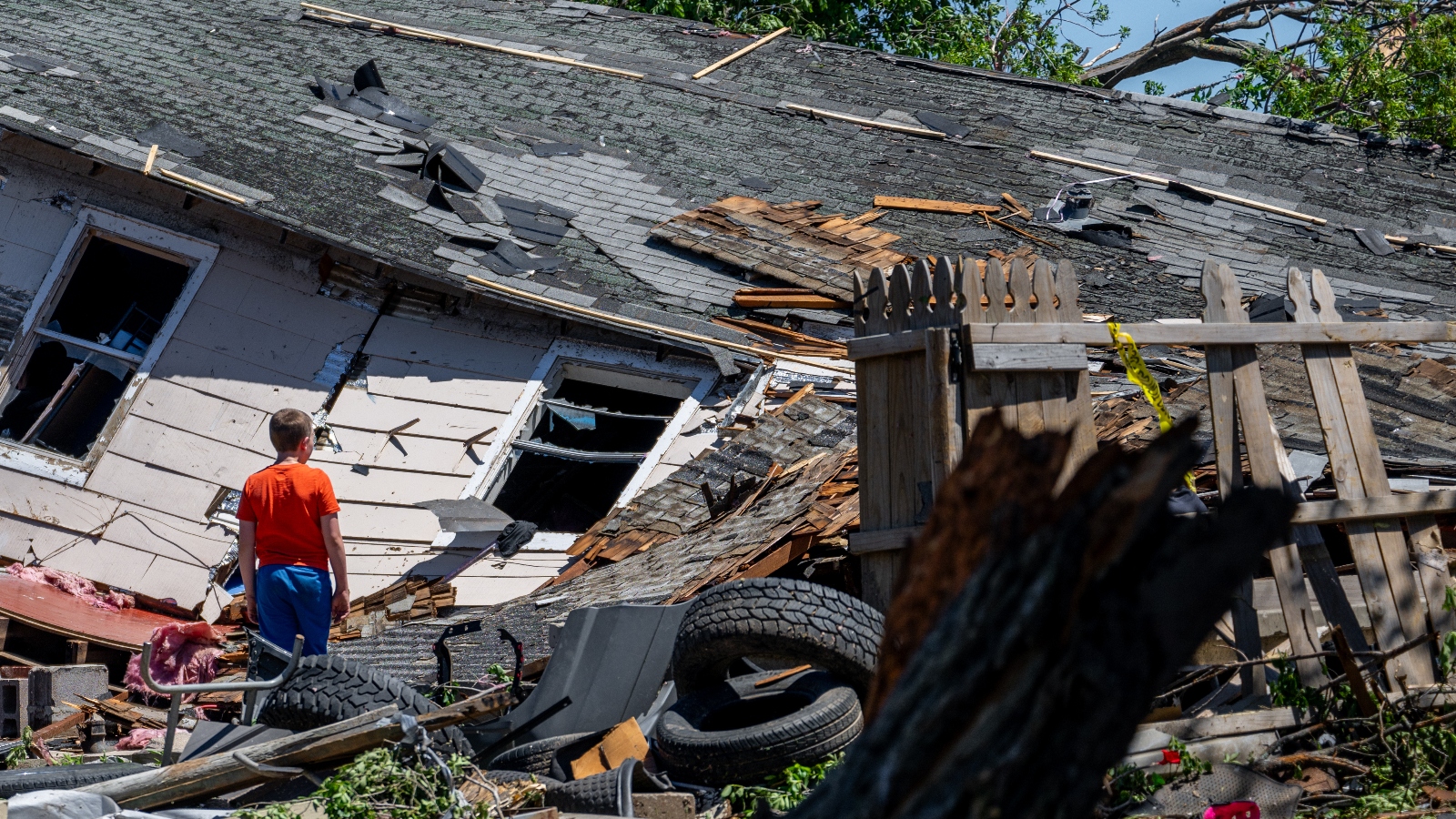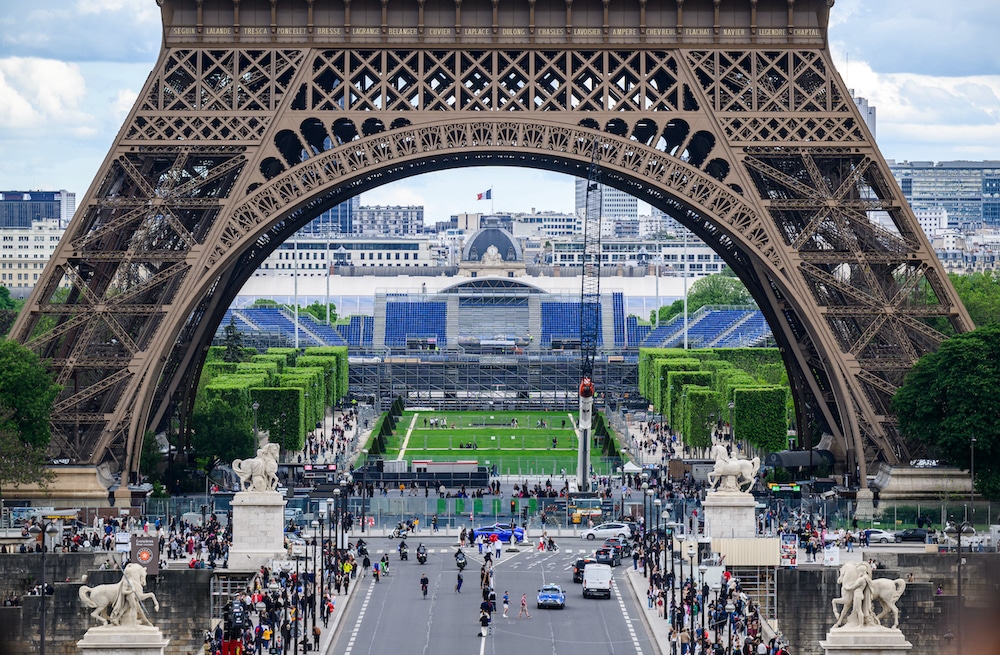
As modern humans find ways to adapt and build resiliency to anthropogenic climate change, one art exhibition is looking to the past to uncover how the 17th century Dutch acclimated themselves to extreme weather.
The Getty Center, a museum in Los Angeles, opened an exhibition on May 28 titled On Thin Ice: Dutch Depictions of Extreme Weather, which features Dutch artists’ works from the 1600s.
The Little Ice Age
The exhibition, on display through Sept. 1, explores the everyday resilience to the extreme weather during a time period nicknamed the “Little Ice Age.” According to the museum’s representatives, this time period consisted of particularly harsh winters as well as cooler-than-usual summers.
While it wasn’t a massive ice age on a global scale, the Little Ice Age lasted hundreds of years, from around 1300 to 1850 and affected much of the Northern Hemisphere, particularly Europe. This was caused in part by volcanic activity and changing wind patterns and ocean currents, and it led to long winters, with frequent and heavy snowfall.
While the Dutch struggled, facing extreme weather such as powerful storms and flooding, historians have uncovered more and more evidence that the Dutch in particular were able to build resilient communities that helped provide food to disadvantaged families, improve infrastructure, further scientific advancements and more, according to an essay in Aeon.
Building Resiliency
While the Industrial Revolution — and the emissions that skyrocketed since — didn’t begin until the 18th century, long after the artworks in the On Thin Ice exhibition were created, humans today can still relate to how people throughout history adapted to more natural bouts of climate change and extreme weather, the exhibition suggests.
A sense of community and innovation helped people of the past adapt to the extreme weather they were facing. In the Netherlands, this looked like adapting to frozen waterways that remained icy into spring with improved icebreaking tools and greasing ships and strengthening ship hulls to combat icy waters, as The Washington Post reported. If the ice couldn’t break down, communities would pivot and host ice fairs to attract visitors and generate income. During this time, the Dutch also invested in charities and established insurance policies to offer more protections against the many things that could go wrong in the face of extreme weather.
The Works on Display
The Getty Center exhibition includes around 40 drawings and paintings by Dutch artists, with a highlight on works by painter Hendrick Avercamp.
The entrance to the exhibition reads, in part, “In the seventeenth century the Dutch Republic experienced a period of political stability, economic prosperity, and great technological advancement. A complex system of levees, canals, and windmills protected the Netherlands from the encroaching sea and transformed marshland into highly fertile tracts of farmland.”
“Astute observers and critics of their time, artists underscored the fundamental uncertainty of climate conditions, and their works offer opportunities to reflect on our current environmental crises,” the exhibition introduction continues.
One painting by Avercamp, “Winter Landscape With Skaters,” was painted during one of the harshest winters of the time period. You can see moored boats partially frozen in a thick sheet of ice, and some people in the foreground standing near a large hold for ice fishing. Some people are walking together, some people are playing games on ice and others are hauling goods.

“Winter Landscape With Skaters” by Hendrick Avercamp. Rijksmuseum, Amsterdam / public domain
Another work from Avercamp, “A Winter Scene with Two Gentlemen Playing Colf,” shows people enjoying time outdoors, whether they’re just standing on ice talking to one another or sledding and skating. Two people at the foreground of the painting engage in a game of colf, a Dutch game with similarities to golf and hockey.

“A Winter Scene with Two Gentlemen Playing Colf” by Hendrick Avercamp. Getty Museum
Another work, “January” by Jan van de Velde, shows a community coming together for merriment, like skating on a frozen lake and walking in groups on an outdoor path, despite the cold temperatures.

“January” by Jan van de Velde. UCLA Grunwald Center for the Graphic Arts,
Hammer Museum, Rudolf L. Baumfeld Bequest
The Dutch were able to prosper economically during the Little Ice Age, in part by providing goods and supplies to other countries. We can get a glimpse of their work amid freezing temperatures in “Winter Landscape,” an artwork by Nicolaes Molenaer. In the piece, people are depicted moving goods across ice, which must be very thick and frozen to hold the weight of horse-drawn carriages moving supplies. People in the drawing are bundled in coats and hats.

“Winter Landscape” by Nicolaes Molenaer. National Museum in Warsaw / Wilanów Palace / public domain
In “A Winter Scene” by Hendrik Meyer, there are displays of harsh winter and hard work, yet comfort and warmth. Snow is piled up on a roof and the surrounding landscape, and workers are chopping and hauling wood and transporting people in carriages. People have flushed cheeks, and a mother and child stand in the doorway of a home with smoke blowing out of the snowy chimney.

“A Winter Scene” by Hendrik Meyer. Getty Museum
On the opposite site of “A Winter Scene,” the exhibition includes another work by Hendrik Meyer titled “A Summer Scene.” Here, people are tending to animals and agricultural work. According to the Getty Center, details like animals in the shade, dogs drinking water, and women in their bare feet may indicate hot weather. In the far distance, the viewer can spot windmills.

“A Summer Scene” by Hendrik Meyer. Getty Museum
These are just a handful of works on display in the exhibition, but they collectively show a range of families and strangers who are both working hard for the community and indulging in leisure time and recreation, despite facing extreme weather.
“During a period of extended cold in the 17th century, a number of remarkable Dutch artists created a genre of paintings and drawings that capture the icy landscapes and extreme living conditions of climate gone awry,” Timothy Potts, Maria Hummer-Tuttle and Robert Tuttle Director of the Getty Museum, said in a press release. “There are obvious resonances with the opposite extreme we face today in the rising temperatures across much of the globe.”
Looking to the Future
The old adage goes that history repeats itself, and while the current climate crisis often comes with unprecedented events, this art exhibition reveals some hope in how humans can work together to adapt to climate change.
During the Little Ice Age, the Dutch, as depicted in the artworks, became important purveyors of goods to other countries, dedicated themselves to hard work for community betterment, and even participated extensively in charitable acts, as explained by Anne McCants, a history professor at the Massachusetts Institute of Technology. They adapted so well that their advancements during the Little Ice Age led to the Dutch Golden Age.
Rather than be passive bystanders to the worst impacts of the climate crisis, humans today can and should collaborate to work on slowing climate change and undoing some of the damage we’ve done to the planet. Like the people of the past, we’ll need to work together and tap into innovation and ingenuity to overcome the struggles we face.
“Today’s global climate crisis is an ongoing issue affecting current and future generations, and often inspiring the work of contemporary artists. This exhibition offers a glimpse at how Dutch artists in 1600s presented such topics,” said Stephanie Schrader, curator of drawings at the Getty Museum. “Not only will it give visitors a better understanding of the past, but it will also provide an example of how adaptation is our only hope for the future.”
The post Museum Exhibit Draws Parallels Between ‘Little Ice Age’ Resiliency and Modern Climate Crisis appeared first on EcoWatch.






